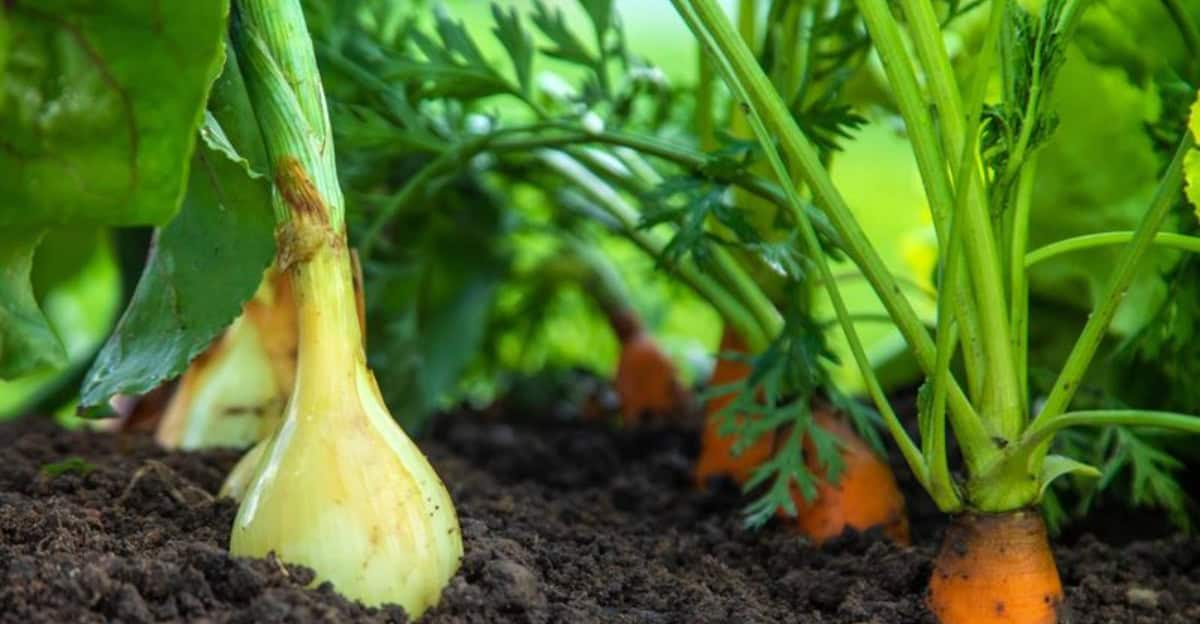Companion planting is a time-tested gardening technique where certain plants are grown together for mutual benefits.
This practice can enhance growth, enrich soil nutrients, deter pests, and maximize space. By pairing the right plants, gardeners can cultivate a thriving ecosystem that leads to healthier, more productive gardens.
1. Tomatoes and Basil
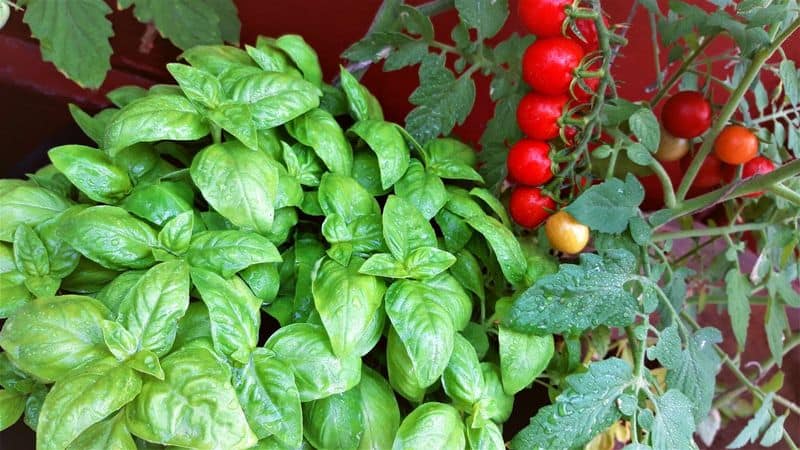
Planting tomatoes alongside basil can enhance growth and flavor. Basil acts as a natural pest repellent, deterring insects that target tomatoes.
Together, they create a microclimate that boosts productivity. Their complementary aromas and flavors also make them a classic culinary pair, enriching garden yields and kitchen dishes.
2. Carrots and Onions
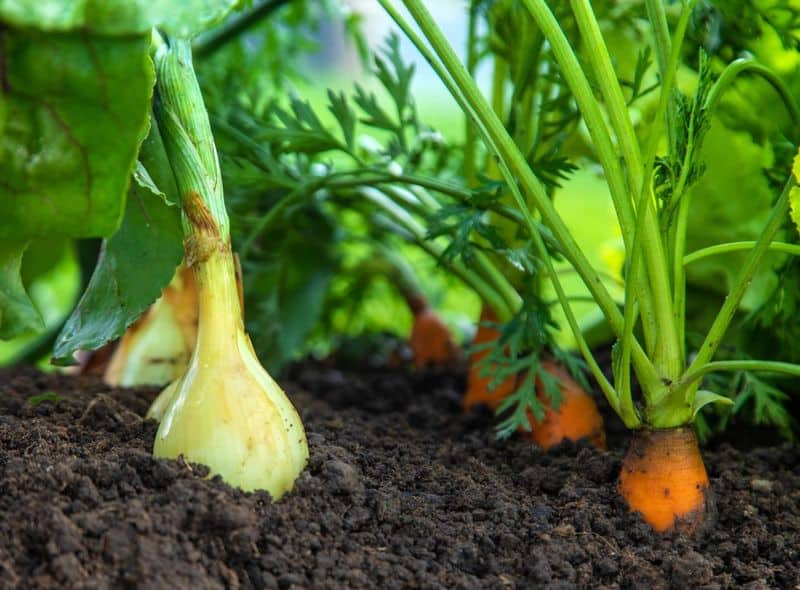
Carrots and onions are a great pairing, as onions are natural pest deterrents, especially for carrot flies. When planted together, they utilize garden space efficiently.
Their contrasting growth habits allow them to coexist without competition, resulting in healthier plants and a more productive harvest.
3. Corn and Beans
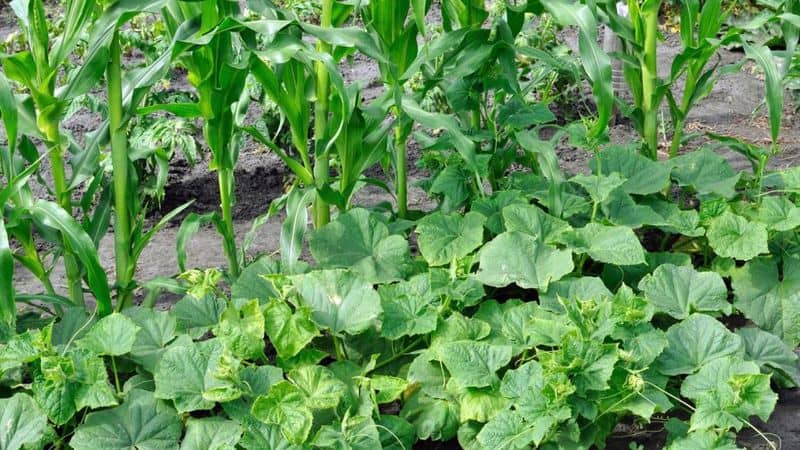
Corn and beans make a classic combination. Corn offers sturdy support for beans to climb, while beans enrich the soil with nitrogen.
This mutualistic relationship promotes healthier plants and better yields, making it a popular choice among traditional and modern gardeners alike.
4. Cabbage and Dill
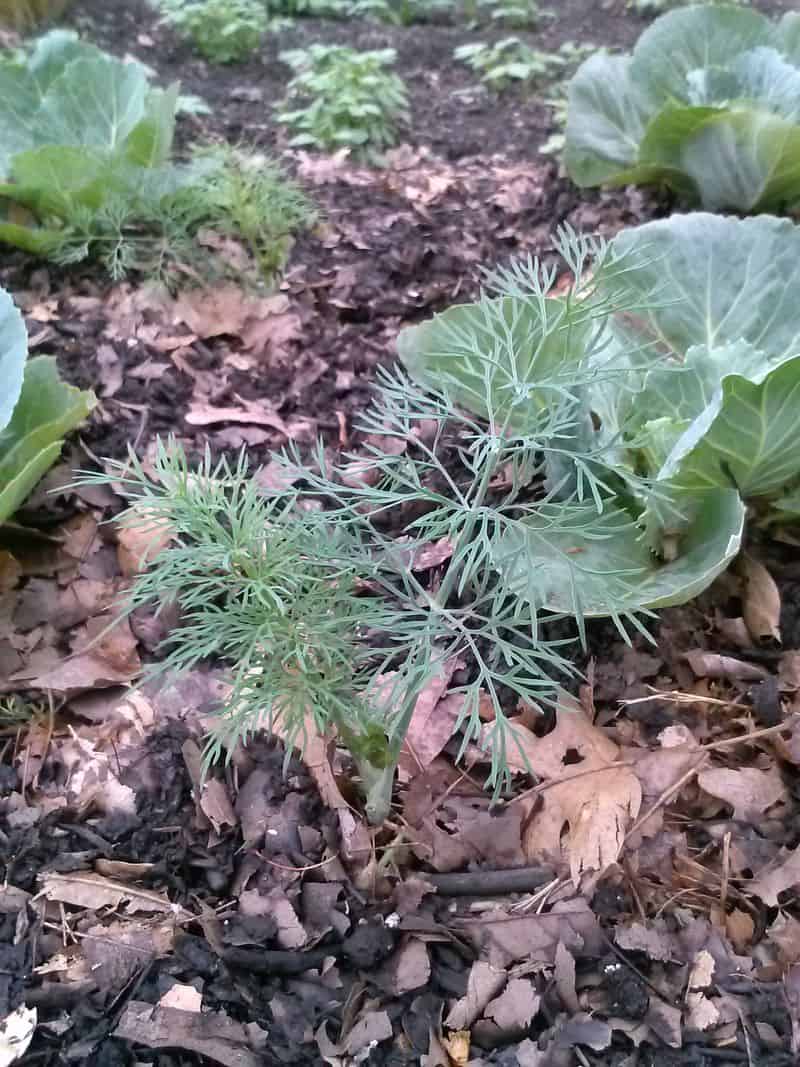
Cabbage and dill are a dynamic duo. Dill attracts beneficial insects that prey on cabbage pests, naturally protecting the cabbage.
In return, the cabbage provides a sturdy base for dill to grow. Their partnership leads to healthier plants and a more robust garden ecosystem.
5. Radishes and Lettuce
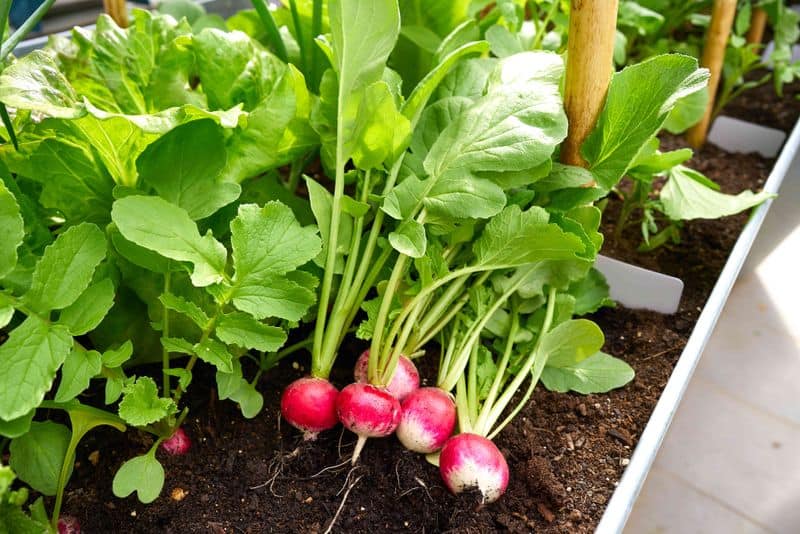
Radishes and lettuce are fast friends in the garden. Radishes grow quickly and loosen the soil, benefiting lettuce roots.
As radishes are harvested young, they make space for lettuce to expand, optimizing garden productivity. This pairing results in quicker harvests and healthier plants.
6. Spinach and Strawberries
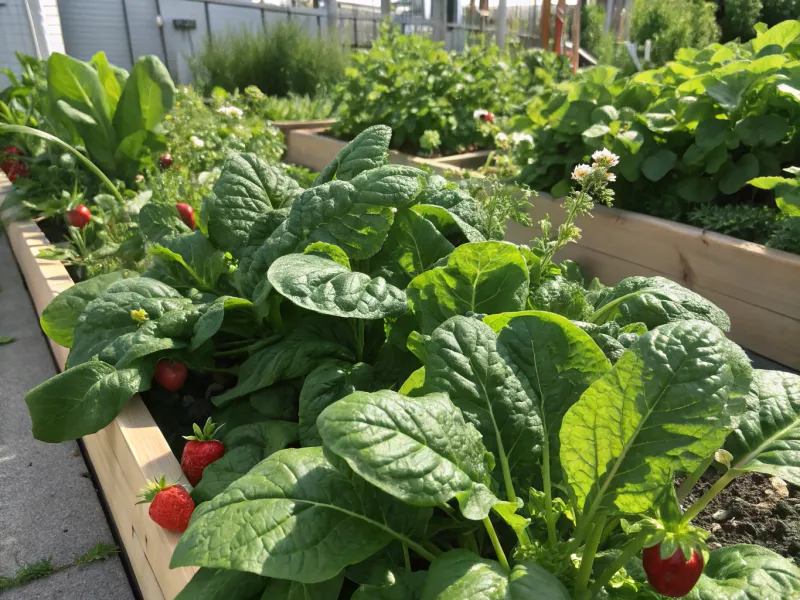
Spinach and strawberries are a win-win pair. Spinach acts as a ground cover, retaining soil moisture for strawberries, while strawberries provide shade, keeping spinach cool.
Together, they optimize garden space and enhance each other’s growth, creating a lush and fruitful garden bed.
7. Peppers and Marigold
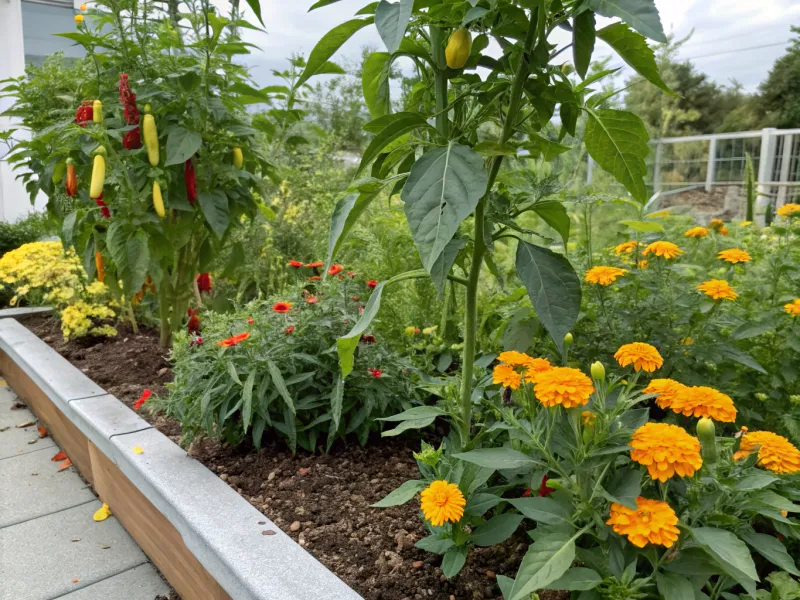
Peppers and marigolds form a protective alliance. Marigolds deter nematodes and pests that target peppers, ensuring healthier plants.
Their bright blooms attract beneficial pollinators, enhancing pepper production. This pairing not only boosts productivity but also adds color and vibrancy to gardens.
8. Cucumbers and Nasturtiums
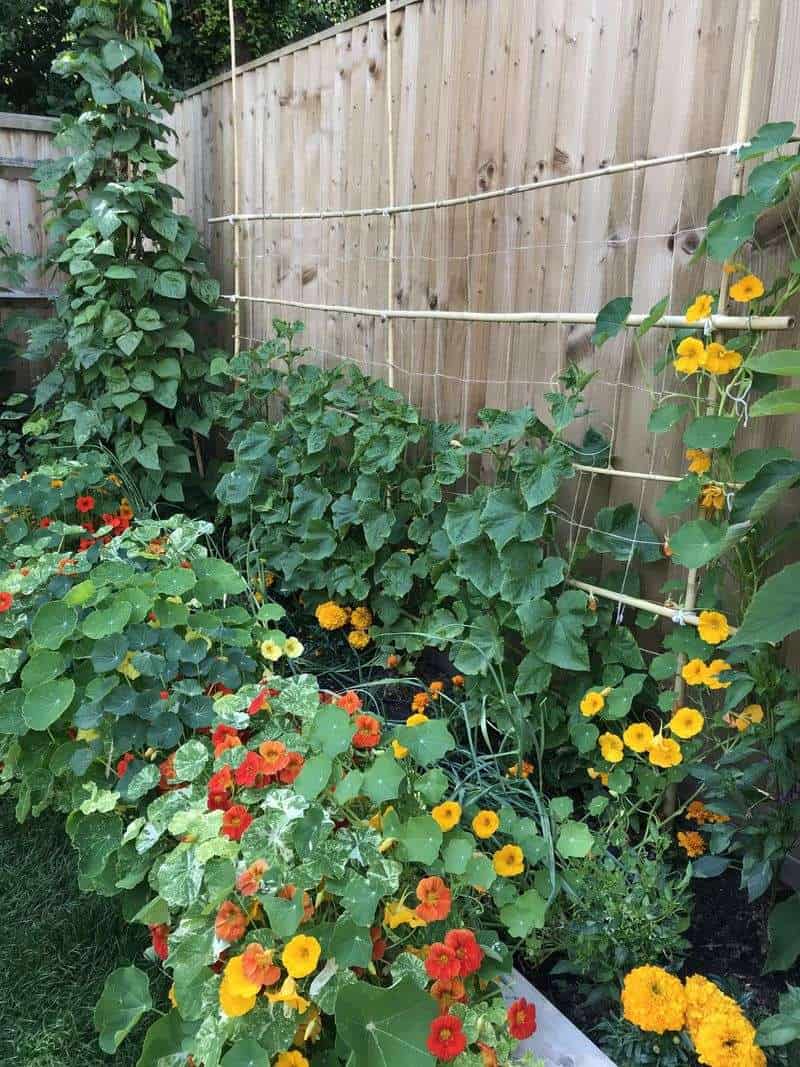
Cucumbers and nasturtiums make a practical pair. Nasturtiums act as a trap crop, luring aphids away from cucumbers.
Their vibrant flowers attract pollinators, enhancing cucumber yields. Together, they create a balanced ecosystem, leading to healthier plants and a more abundant harvest.
9. Pumpkins and Beans
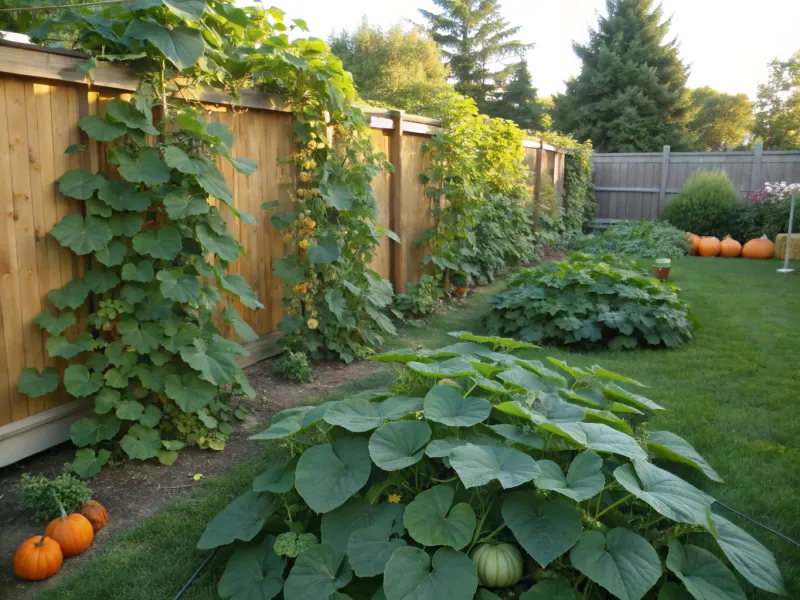
Pumpkins and beans work well together. Beans fix nitrogen in the soil, benefitting nutrient-hungry pumpkins.
In return, pumpkin leaves provide ground cover, reducing weeds and retaining moisture. This synergy results in a thriving garden ecosystem with improved yields.
10. Beets and Garlic
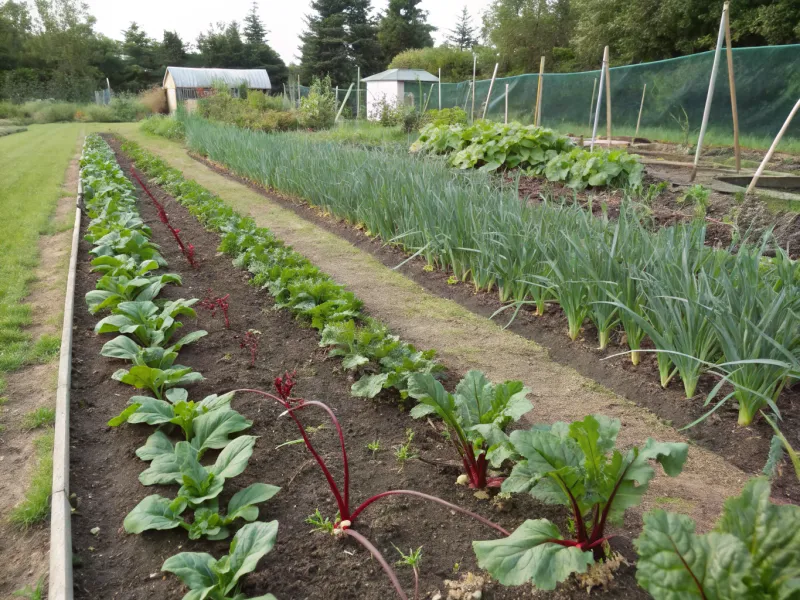
Beets and garlic create a beneficial partnership. Garlic repels pests that target beets, ensuring healthier growth.
Their compact nature allows efficient use of garden space. Together, they promote a balanced environment, leading to a more productive and healthier garden.

